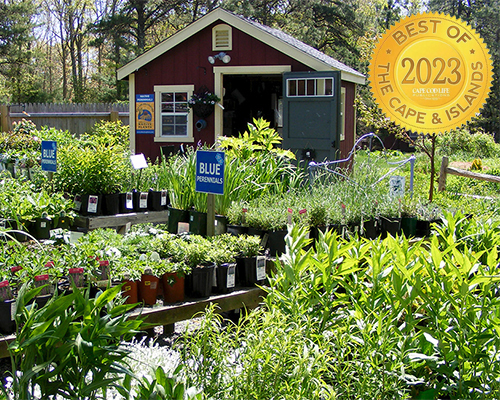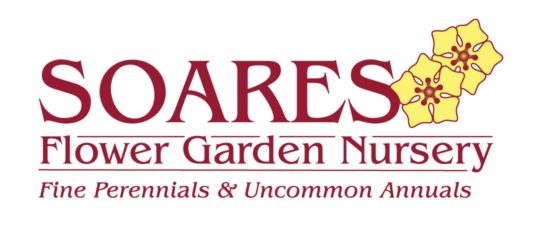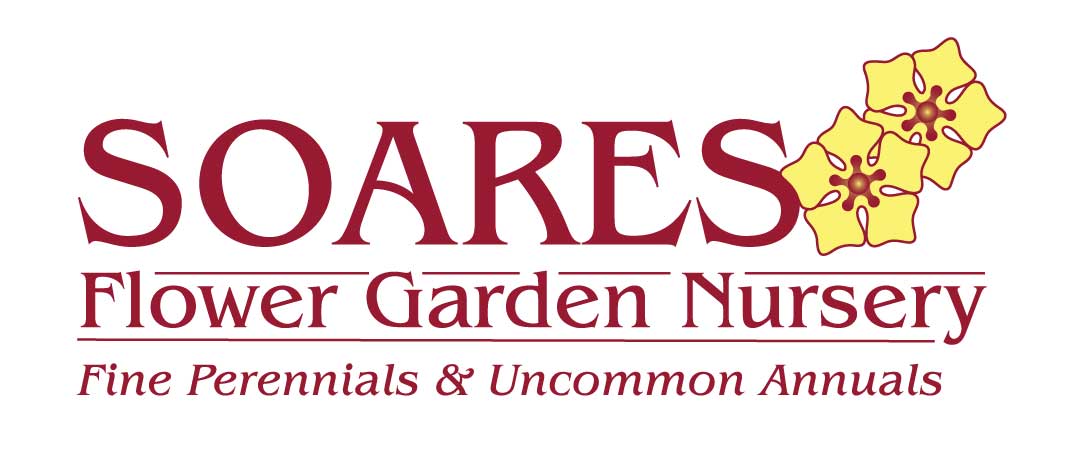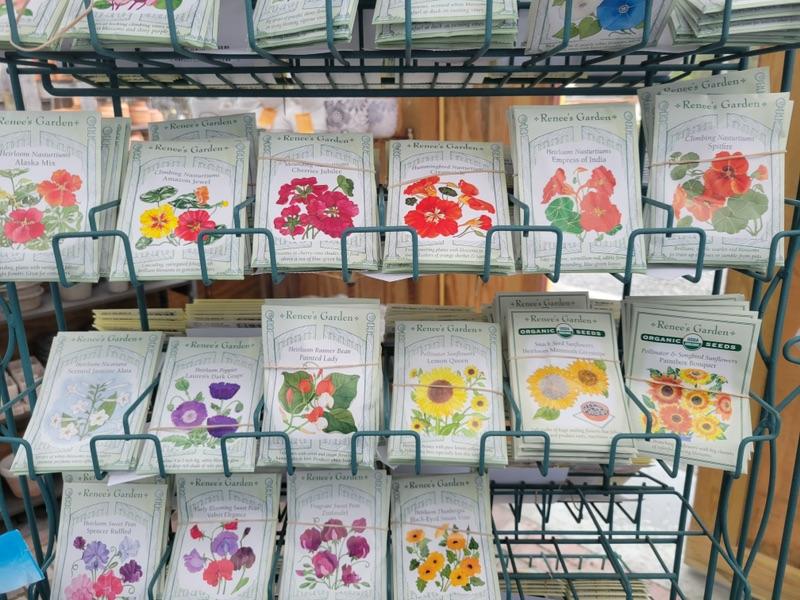We offer guidance in pollinators, perennials, annuals, vegetables and general gardening know how.
Our team of very knowledgeable horticulturists is devoted to excellent customer service. We are pleased to share our knowledge so that your garden will thrive!

With our expert guidance
you will achieve the garden of your dreams!
Hydrangeas
Monarch Butterflies
Container Gardens
Creating and Maintaining Your Container Gardens
Create
Planting a Container Garden is a simple way to enjoy flowers. Have your entrance or favorite outdoor living space filled with color by grouping containers of flowers together. It is a great way to get color if you do not have a lot of time to spend gardening. The fun thing about containers is they can be changed so you can always try new things. The containers don’t have to be limited to pots. Baskets, old wash tubs or barrels – anything that will hold soil will do. It is also an economical way to try new flowers and combinations.
Plant
Before you plant, think of where your containers are going to go. Will they be on a cool, shady patio or a deck facing the sun and wind? By knowing if your containers are going to be in the sun or shade you can select the right flowers for the right spot.
To grow good flowers you need to plant them in a good base so they will thrive. It only takes three things to get your flowers to take off. Soil, water retention granules and fertilizer.
- Use a soiless mix especially blended for containers. The mixes promote good root growth.
- Use water retention granules placed in the bottom third of the container to slow down drying out.
- Use a slow release fertilizer at planting time; followed by a liquid feed every 2-3 weeks. If planting vegetables or herbs use organic fertilizers.
Maintain
As your flowers are growing, their roots are busy drinking up all the water you give them. In the cool of early spring and with newly planted pots your containers will not need as much water – I let the top dry out so as not to over water. As it gets warmer and your flowers are growing they will need more water. Your containers will let you know when they need a drink. Use a saucer so the pots can take up extra water as they need it in the summer. Generally, watering 2-3 times a week is all that is needed.
Deadheading
To keep your Containers looking fresh, groom them every two weeks by pinching out spent flowers and pinching back leggy trailers. Don’t be afraid to give them a good trim! Enjoy!
Seasonal Advice
Proven Winners Pruning Demystified
What’s the secret of transitioning from a competent gardener to a confident one? Pruning!
Soares’ Suggestions for Success: Keep your annuals looking great until fall. It’s easy.
Right plants, right place
Sun or shade? Cold tolerant or heat lover? Ask us. Check plant tags. It matters.
Water as needed
Thoroughly. Avoid extremes of desert dry or soggy. Check every day or two.
Feed me!
Plants in pots and planters need food. Annuals that “wow” into August, Sept and beyond appreciate time release Osmocote fertilizer at planting time and in mid July. Start liquid plant food like Jack’s All Purpose at least once a week starting July 4th. Proven Winner plants recommends every 3rd watering. NEVER FERTILIZE A DRY PLANT. Water well, wait & then fertilize. Prefer organic? Neptune’s Fish & Seaweed is great but may not match the results of synthetic plant foods.
Haircuts
The premium, high performance annuals don’t require dead heading. Yay! An occasional light trim and will invigorate new growth and bloom. Rampant growers like some sweet potato vines can be brought back in proportion with a few snips.
Choose: Right plant, right place
Sun or shade? Protected or exposed? Seaside or poor, dry soil?
Plant
Water your container plant thoroughly. NEVER plant a dry plant.
Dig hole twice as wide and same depth as the root ball. Remove plant from pot and loosen circling roots. If your soil is decent, there is no need for soil improvement. If your soil is poor, combine planting mix or compost with native soil from hole 50:50 to back fill around the root ball. Pack gently. Roots need air and water but not air pockets.
Water
Do not rely on rain or lawn irrigation for watering during the 2 years required to give the woody plant a healthy start. A 3 gallon size shrub or tree needs 3 gallons of water applied all around at moderate speed.
Mulch with 2-3” compost, bark or enriching mulch. Keep mulch away from trunk and stems. No fertilizer is needed at planting time.
Aftercare
Water deeply 2-3 times/week as needed. Warmer or windy weather call for more often. Check the soil under the mulch with fingers or tool if your are uncertain about the soil’s moisture content. Water well if it is dry 2 knuckles (2-3”) deep.
What’s New
Terry’s Tips: Seed Starting Season!
Here on Cape Cod, our last average frost date is in early May. It is prime indoor seed sowing time to have warmth-loving seedlings ready to transplant to the garden for Memorial Day weekend when the soil, air and evenings are warm enough to not stress the plants. Starting your own seeds is a cost effective way to grow lots of flowers or veggies for your garden. I have always liked planting flowers that our growers don't offer in commercial sized 6 packs or pots. The more unusual the better for me and for our customers that enjoy trying [...]







